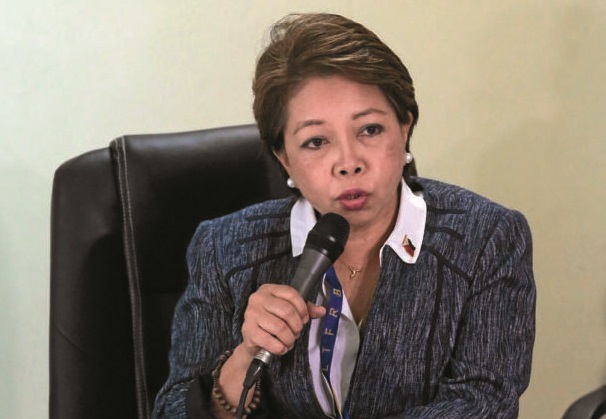Land Transportation Franchising and Regulatory Board’s (LTFRB) Aileen Lizada said that the board would discuss requests to increase the current 65,000 vehicle limit for all accredited Transport Network Companies (TNCs).
“We need to see ‘yung mga churning rate sa lahat ng TNCs, titingnan natin kung ilan na ba na-blacklist na mga operators,” Lizada said in an interview.
(We need to see the churning rate in all the TNCs, we’ll see how many operators have been blacklisted.)
Lizada added that the topic of vehicle limit for TNCs is a special case since many of its drivers consider driving as a side-job and are thus unable to operate on a daily or hourly basis.
“These are the things that are unique to this denomination kasi nga (because it’s) voluntary on their end to be online, di sila (they’re not) 24/7 [operational],” Lizada said.
“Kung meron tayo mababawasan (If the supply diminishes) from the pool, we will replenish. As to whether we will increase the [cap] that is a discussion to be considered by the board as a body,” she added.
Grab, currently the largest TNC in the Philippines, said in a recent report that it cannot supply the 600,000 bookings daily with just 35,000 vehicles on their platform.
READ: ‘Undersupply of cars’ causing less trips and surge pricing, says Grab
Grab Philippines Head Brian Cu said in Wednesday’s Kapihan sa Manila Bay that the 65,000 cap was set way before the current demands rose.
Cu and Ariel Inton of the Lawyers for Commuter Safety and Protection also reminded riders and authorities and that recent accreditation of additional TNCs does not indicate an increase in the number of vehicles on the road.
“Hindi porke’t dumadami ang transport network na naa-accredit, ay dumadami ang sasakyan (Just because a lot of TNCs are being accredited, it doesn’t mean the vehicles are increasing). This is one of our concerns from the commuters’ side,” Inton said.
“We’re under the impression na maraming sasakyan (there are many vehicles), we’re under the impression na mapili ang mga drivers (drivers are picky), which is not true: 70 to 75 percent of the time na hindi makapagbigay ng sasakyan is dahil wala talagang sasakyan (when you can’t book a ride, there’s just really no vehicles),” Cu said. /je
